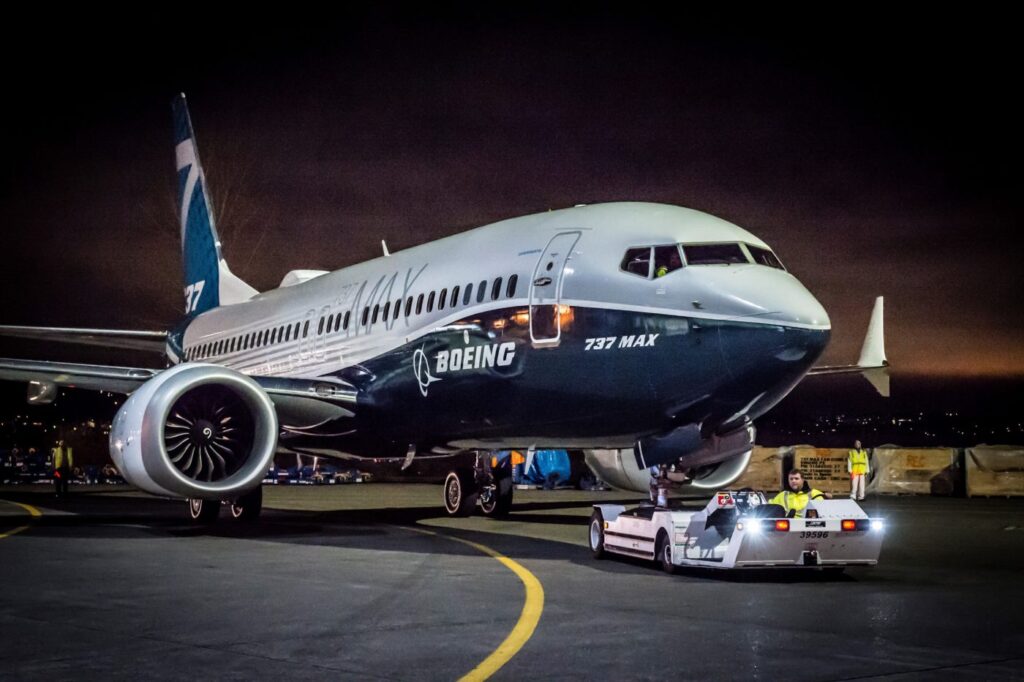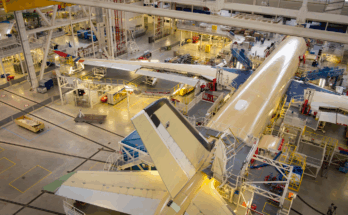
The head of the Federal Aviation Administration (FAA) said that Boeing has not yet formally asked to lift the strict 38-plane per month production cap on its 737 MAX aircraft, according to a new report by Reuters. This production limit was imposed by the regulatory agency as a direct consequence of a critical mid-air emergency in January 2024, when a door plug panel blew off a new Alaska Airlines 737 MAX 9. An investigation later found that key bolts meant to secure the panel had been missing.
Before any increase in production is considered, FAA Administrator Bryan Bedford said the agency will need to conduct a comprehensive review of Boeing’s entire supply chain. This scrutiny will include the network of suppliers that provide components for the 737 MAX. The measure is intended to ensure that quality control and safety standards are robust at every stage of the manufacturing process, not just at the final point of assembly.
Bedford acknowledged that Boeing is making tangible efforts to reform its internal safety culture, but he characterized these improvements as being in their early stages. Describing the progress as “real, but still embryonic,” he outlined the FAA’s criteria for future approval, which includes seeing “long-term trends, a healthy workforce, a healthy safety culture, and… real factory improvements.”
The FAA administrator also made it clear that the agency’s period of heightened oversight is far from over. “We’re a long ways away from saying we can let our guard down,” Bedford cautioned, signaling that intense scrutiny will remain in place for the foreseeable future. This cautious stance is maintained even as the FAA, in a separate May decision, extended a program allowing Boeing to perform some inspection tasks on the agency’s behalf, citing improvements the company had already made.
The ongoing FAA oversight provides a sharp contrast to Boeing’s own production ambitions. In May, Boeing CEO Kelly Ortberg stated the company was “pretty confident” it could ramp up to a rate of 42 jets per month. In addition to managing the current production issues, the FAA is also in the process of reviewing the certification for two other variants of the aircraft, the smaller MAX 7 and the larger MAX 10, adding another layer of regulatory complexity to the relationship between the agency and the planemaker.



